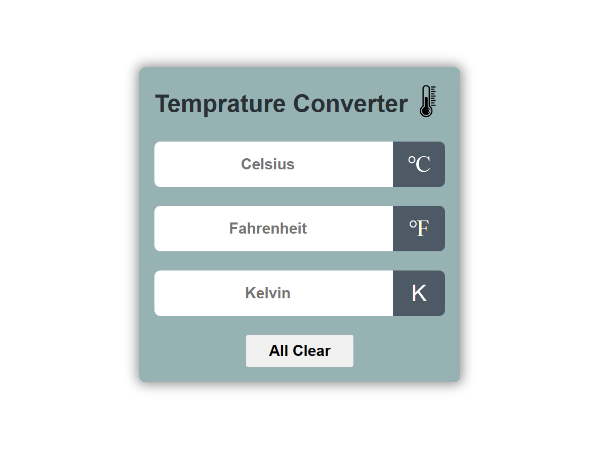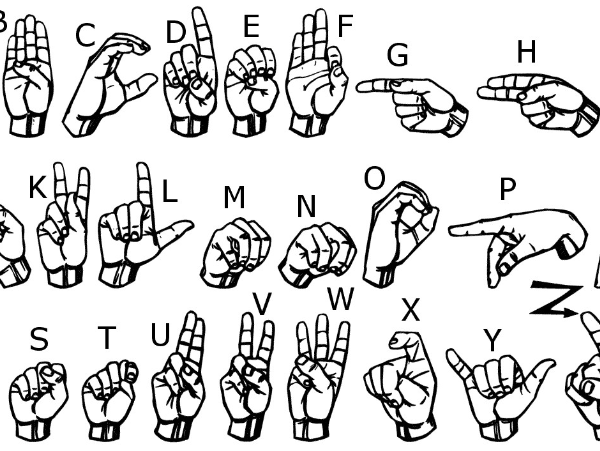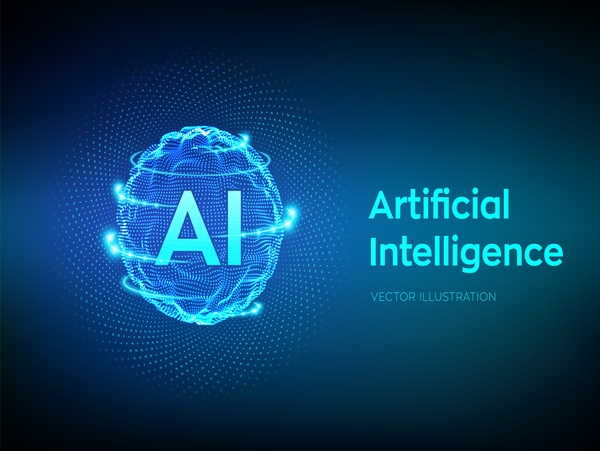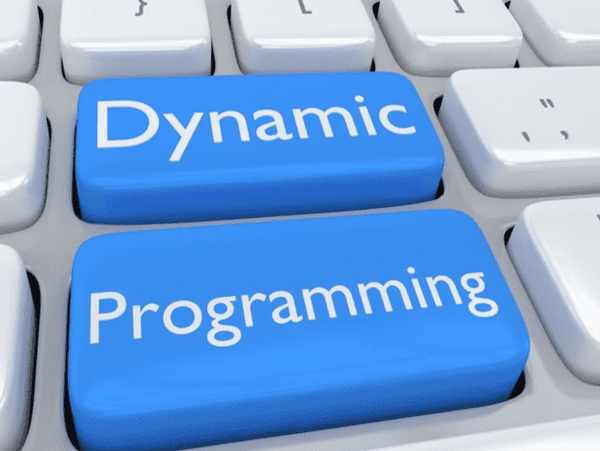×
Future with AI
The future of Artificial Intelligence (AI) is poised to revolutionize various sectors, transforming the way we live and work. As AI technologies continue to advance, we can expect to see enhanced automation in industries such as manufacturing, healthcare, and finance, leading to increased efficiency and reduced operational costs. In the realm of healthcare, AI is set to improve diagnostics and patient care through predictive analytics and personalized treatment plans, ultimately enhancing overall health outcomes.
Moreover, the integration of AI in everyday life will create smarter cities, where AI systems optimize traffic flow, energy consumption, and public safety. As we adopt AI-driven solutions, ethical considerations will become increasingly important, prompting discussions around bias, privacy, and accountability. Ensuring transparency and fairness in AI algorithms will be crucial in gaining public trust and acceptance.
×
Understanding Dynamic Programming
Dynamic Programming (DP) is a powerful algorithmic technique used to solve complex problems by breaking them down into simpler overlapping subproblems. The core idea behind DP is to solve each subproblem only once and store its solution for future use, which dramatically reduces the computational complexity of certain problems. DP is particularly useful in optimization problems, where the goal is to find the best solution from many possible options.
One of the key aspects of understanding DP is identifying the problem’s structure. If a problem can be broken down into smaller subproblems that recur, and these subproblems overlap in their solutions, it is likely a good candidate for dynamic programming. The two main approaches to implementing DP are top-down (memoization) and bottom-up (tabulation). In the top-down approach, the problem is solved recursively, storing intermediate results to avoid redundant calculations. In the bottom-up approach, the problem is solved iteratively, filling out a table with solutions to subproblems in a specific order.
×
Web Development Trends 2024
As we move into 2024, web development continues to evolve rapidly, driven by new technologies and user demands. One of the most significant trends is the integration of AI and machine learning, which enhances user experiences through personalized content and AI-driven chatbots. Another important trend is the rise of Progressive Web Apps (PWAs), offering users offline functionality and an app-like experience on the web. The popularity of no-code and low-code development platforms is also growing, enabling non-developers to build and manage applications easily.
Moreover, the shift towards serverless architecture allows developers to focus more on coding without worrying about server management, leading to more cost-efficient and scalable applications. As user engagement becomes paramount, motion UI and microinteractions are being adopted to guide users through tasks smoothly. Additionally, API-first development enables modular applications that are easier to integrate and scale.
×
The Ethical Dilemmas of Generative AI
As generative AI continues to rise in prominence, transforming industries from entertainment to healthcare, it brings with it not only incredible possibilities but also serious ethical dilemmas. Tools like AI-generated art, deepfakes, and AI-powered writing assistants have raised questions about the boundaries between technology and human creativity, as well as the risks associated with its misuse.
1. The Threat of Deepfakes and Misinformation
One of the most concerning applications of generative AI is the ability to create hyper-realistic deepfake videos and images. These can be manipulated to spread misinformation, deceive viewers, and even damage reputations. With political and social implications, the use of AI to produce false content poses a serious risk to truth in media. Addressing this issue requires advancements in detection technologies and clearer regulations on the ethical use of AI.
2. AI in Creativity: Replacing or Augmenting Human Artists?
Generative AI is being increasingly used in art, music, and writing, which raises concerns about the future of human creativity. While AI can augment the creative process, the question remains: Is it replacing artists? The ethical challenge lies in acknowledging AI’s contributions while ensuring that human creators are not overshadowed.







.png)













